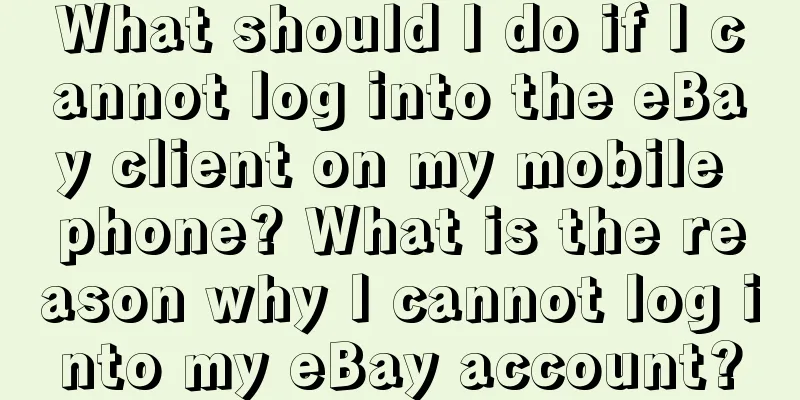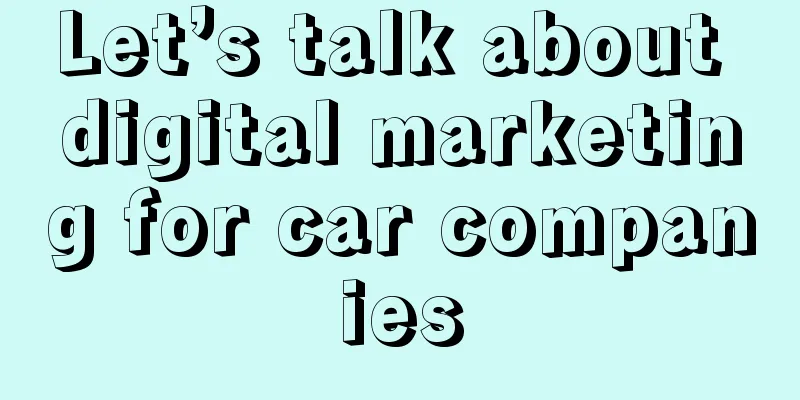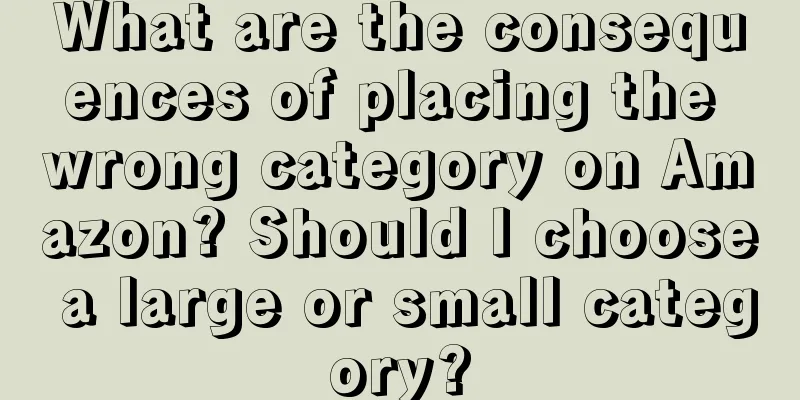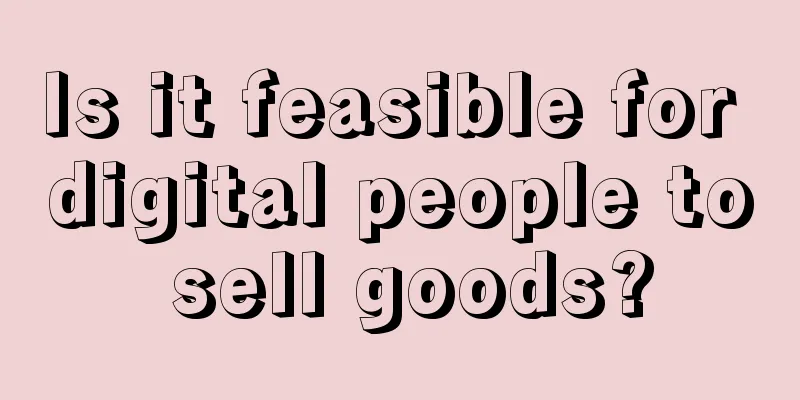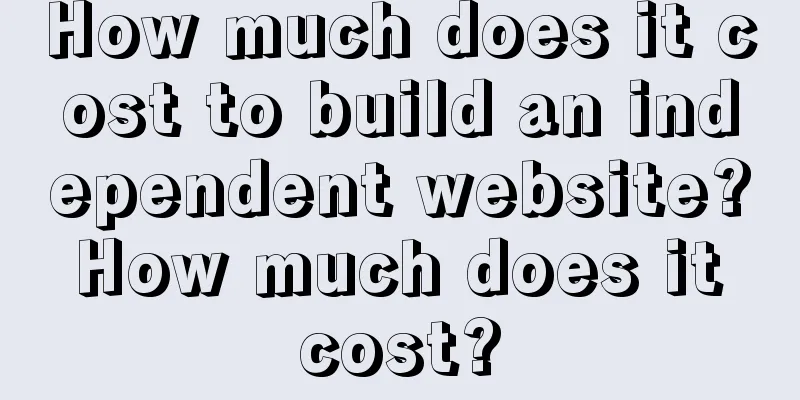When a brand crisis encounters public opinion trial

In the past two years, too many brands (KOLs, anchors) have made mistakes and are not accepted by the public. For example: A sportswear brand released a "flying"-themed hat whose design elements seemed to have a Japanese militarist style. Although it later used ancient Chinese culture as an excuse, it still received strong disgust from the public. A skin care brand cooperated with a Korean company to launch a "skin care brand story" based on the concept of the 24 solar terms. Due to cultural differences, the public believed that the 24 solar terms, as a Chinese cultural heritage, should not be abused, and it was criticized. A cosmetics brand was criticized online for being shallow and stereotyped because of a KOL's comment on "whether you work hard or not". In the eyes of the public, this is an era where hard work does not necessarily lead to a salary increase. Public opinion management can be roughly divided into three categories: corporate governance, marketing communication and public culture. Among them, "public culture" is the most sensitive. Why do brands always falter in handling such incidents? Why can a small incident trigger a huge public opinion storm? After analysis, it is mainly related to unclear positions, misplaced crisis management, social culture, and capital structure conflicts. 01What is a stance? Simply put, it depends on the perspective from which the brand looks at the issue. Public relations mainly deals with the relationship between brands and various stakeholders in the audience, including governments, consumers, non-profit organizations, investors, corporate employees, etc. Therefore, the position of public relations is very clear. It is to communicate with the public on behalf of the company while safeguarding the interests of the company. If we use two words to describe it, it is "balance." In other words, public relations work not only speaks for the company, but also needs to consider everyone's feelings and needs, protect the company's interests, and ensure that everyone's voice is heard and the needs of both parties are met. This is a problem, why? Some companies will adopt some less candid strategies to achieve their goals, for example, not fully revealing the truth of the matter. This approach can easily lead to misunderstandings and make people think that the public relations department is "hiding the facts." There are also some companies that quickly apologize, explain the reasons, and offer compensation when problems arise. If handled properly, this approach can gain the understanding and trust of consumers. However, I have seen many brands, due to the game of weighing long-term and short-term interests, hastily handle how to correct and compensate, which has worsened the situation and ultimately led to a vortex of short-sightedness and greed. There are even some brands and KOLs that only face small-scale controversies in the face of public opinion. Perhaps they have not done anything wrong, but they have not handled it properly. As time goes by, the problem is exposed, eventually attracting the attention of the whole society and suffering backlash. So, what can we see? In the early stages of crisis public relations, it is a problem between the organization (brand) and consumers. Once it rises to the level of public opinion, the attributes of public opinion and the importance of organizational goals must be equated. Because they are complementary and influence each other. I always like to say that public relations requires a lot of mental work, and that most apologies from companies are by no means bowing their heads or licking their boots, but rather a rather complex game of pros and cons and emotions. To achieve this, we need to take a broader social perspective, weigh the brand's goals with the needs and expectations of consumers, and ensure that common values and goals are achieved. This is truly effective public relations. Therefore, in public relations management, if an incident ferments, we should first take care of public sentiment, and then present the facts and reason; if we only stand from the perspective of the brand or the consumer, we will go astray from the beginning, which will cause the next step of "focus of crisis management" to deviate. 02Since the stance is biased, the response will naturally not be recognized. The subject in crisis management is the "brand". From a social perspective, the correct thinking logic for the parties involved in the incident is: good and evil - public and private - right and wrong - gains and losses . Why? In the entire social and cultural system, moral theory is regarded as a decision-making basis outside the law. People will think about whether the speech and behavior of an organization (KOL) are justified and immoral. If it is considered immoral and evil at the beginning, it will immediately lose the public's trust and support, leading to a greater crisis. For example: You should have seen such incidents. During the previous 315 Consumer Gala, there was an instant noodle production company that promised in its advertisement to use pure natural and organic ingredients. However, the fact that was exposed is that during the sauerkraut processing, people stepped on it barefoot and threw cigarette butts, which is obviously a hygiene problem. What do you think of this situation? Most people's first reaction is, wow, it's so dirty, how can it be eaten by people? This behavior goes against the original intention of consumption and it also poses a direct threat to public health and safety. Everyone will question the company's values because before, when we first saw the advertisement, we believed that the instant noodles it produced were healthy and safe based on our trust in the company. However, when I really thought about it, this trust immediately turned into disappointment and betrayal towards the company. It was not only a problem with the product, but also the company's dishonesty and irresponsibility towards consumers. What will everyone think about after practicing good and evil? Public and private, right and wrong, gain and loss. The public will discuss and speculate: "Have I eaten this brand before? Where is this factory? Why do they do this?" Society's response was swift and diverse. From the complaints of ordinary people, the media's keen eyes, to the government's actions, each part could determine how the storm would develop. Next, everyone will question the legality of the behavior and whether it violates certain industry regulations. Then, consumers will play a higher-level judge role. 03Indeed, most people are tolerant of mistakes made by brands and KOLs. When this tolerance is used as a strategic tool, the public’s focus and opinions will change. The most obvious phenomena are: People are no longer just focusing on the "crisis events" themselves, but are turning to exploring the deep-seated structural problems reflected behind these events. for example: When brands pursue maximum profits, they may sometimes sacrifice care and respect for consumers, which easily reflects the unequal treatment of the "strong" against the "weak". Take taxi services as an example. In order to earn more profits, the platform will extract a certain share of each transaction, and in order to provide users with discounts, it will increase the proportion of this part or reduce the income of drivers. Every time I go out to take a taxi, I often hear Didi drivers complain that they don’t make any money from driving, and that all the money is earned by the platform. This is actually a problem in certain areas of current capitalism. Large platforms and brands (KOLs) that have technological and market advantages often occupy a dominant position in their relationships with individual workers and consumers, while consumers or individual workers such as drivers are often at a disadvantage due to their lack of bargaining power. The same situation also occurs in many fields such as food delivery platforms, online shopping, shared bicycles and short video platforms. This business model has made many ordinary workers and small businesses feel that their efforts are not fairly rewarded, and most of the profits are taken by platforms and large companies. When these platforms, brands, and KOLs that hold local advantages encounter crises, people's attention will quickly shift to criticizing and questioning the entire capital market. Why? I don’t think that contemporary people’s tolerance and ability to control their emotions have decreased. Instead, we should think about “why is society becoming increasingly unfair to young people?” I looked it up and found that the word "tolerance" is generally used to describe being tolerant of other people's mistakes. Nowadays, many young people find it difficult to find a job after graduation, and those who do find a job are likely to face low wages, high pressure and a 996 work model. Although I don’t know the proportion of young people in this group, I believe they are the main force. Some middle-aged people face multiple pressures such as retirement, childbirth, and family. This kind of life pressure makes them more impetuous. If the brand or KOL’s remarks are only minor, the public may not care too much; but once they infringe on everyone’s bottom line and principles, I believe that the public will not "tolerate" them so easily. for example: Yesterday, I rode 30 kilometers with my friend and bought some drinks on the way. What shocked me was that one brand of drink cost 8 yuan for more than 100 ml. Perhaps because we are familiar with Internet consumer products, my friend immediately complained: If this brand is in danger, I will definitely be the first to criticize it. Because the products are not affordable and the prices are high, it is simply exploiting consumers; wages have not increased, but consumption levels continue to rise. What is the value of such products? This does not mean that consumers have too high requirements for brands, nor does it mean that they are simply following the trend of criticism. Rather, with the development of the Internet, people's awareness of choice has increased, and their expectations for products and services have become more stringent. People not only care about price, but also pay more attention to cost-effectiveness, product quality, and the brand's social responsibility; when a brand fails to meet these expectations, or even appears indifferent when facing a crisis, consumers will of course feel dissatisfied. This dissatisfaction is towards the development of the entire industry and capital, and the expectation that brands truly create value for consumers. It’s not that people are less tolerant of brands making mistakes, but rather, people are beginning to realize the injustice of certain structures, which they feel are a new form of exploitation. This kind of exploitation often subtly influences the public through culture, knowledge, and even short videos. 04Capital has indeed driven many great changes. For example, thanks to capital operations, commercial and industrial technology have prospered, and the market economy has accelerated its development, so that human beings no longer rely solely on the land, no longer have to "rely on the sky for food", and have stepped out of the boundaries of agricultural civilization. The rise of big cities, the entry of a new chapter in world history, and the prevalence of globalization are bringing us closer together to form a true community with a shared future for mankind. More importantly, we have transcended Malthus’s population prophecy and broken the constraints of population growth on resources, enabling humans to shape their own history and future according to their own visions and needs. I am not complaining about capital being bad, but under the influence of capital, some brands and KOLs have failed to truly demonstrate respect and concern for consumers. This makes consumers who originally expected to improve their quality of life through capital feel trapped in a "limited game". I once wrote, "The hardships you are going through now are all caused by the thresholds set for you by people who are 10 years older than you." I want to see, is this true? Platform structures and rules are often set by those who are older, more experienced and have more money, and the younger generation often needs to adapt to and overcome these rules and obstacles; this does not mean that the older generation deliberately makes things difficult for the young, but rather that they make decisions based on the situation and judgment at the time. For example: If you want to start a consumer brand now, you will find that the consumer market is very saturated, and they will come up with various strategies and measures to establish themselves as barriers. Ensure their leading position and market share through patent protection, market hegemony, advertising bombardment, or building close relationships with supply chain partners. If you want to enter the market, even if you have innovative products and services, you will face huge challenges and obstacles. When emerging brands try to challenge these established market structures, they not only have to deal with the high standards and expectations set by existing brands, but also face tremendous pressure and resistance from all sides, which leads to slower innovation and less competition in the market, which may ultimately have an adverse impact on consumers. Therefore, every step of a consumer brand from its inception to maturity and eventual decline to its end seems to be a designed rule, from spending money to buy traffic, to cultivating users, to innovating products to maintain competitiveness. It seems that every step is a destiny trajectory that must be followed, but the truth behind it is a game of rules designed by capital and market mechanisms, in which every participant is looking for his own opportunity and position. It is easy for wealthy brands to become richer, while poor brands will have a harder time surviving. As a result, a phenomenon of "the rich get richer and the poor get poorer" appears in the market. This not only puts pressure on small brands, but also limits consumers' choices. When only well-capitalized brands dominate the market, they can set high prices without necessarily taking on the corresponding responsibilities, and consumers face the risk of higher prices without guaranteed quality. Once they face a crisis, they will be blamed for improper handling due to their stance, social culture, and moral reasons, and "when the wall falls, everyone pushes it down." On the other hand, due to the expectation of society, people have a low tolerance because they hope that society will become better. This means that seemingly minor problems may have more far-reaching impacts. In summary: What does public opinion expressing when it judges a brand? The surface evaluation of an event or behavior reveals the public's common values and expectations of society at a deeper level. When an incident develops into a social phenomenon, the brand (the person who caused the incident) should reflect deeply on what deviations there are from social expectations and whether it is necessary to reposition its role and responsibilities in society. Author: Wang Zhiyuan WeChat public account: Wang Zhiyuan (ID: Z201440) |
<<: Who is using virtual people to set up the game?
Recommend
The ceiling of short dramas seems to be far from being reached
In 2023, the short drama track has become very pop...
What is the best control level for Amazon ACOS? What are the stages?
Everyone knows Amazon well. When you open a store ...
The whole process of product selection for new Amazon sellers, hand-in-hand teaching you how to select products
In the e-commerce industry, how to effectively sel...
How does Amazon know whether an order is a natural order? How to distinguish?
There are many merchants opening stores on Amazon ...
Can Amazon do wholesale? What are the tips for wholesale?
Amazon is a very good platform, and there are many...
What is Amazon TSFC association? How long does it take for the video certification results to be released?
Amazon is a cross-border e-commerce platform. Many...
How to open a store on Alibaba International Station? What are the conditions?
Now more and more people want to do cross-border e...
McMahon walkie-talkies are a blast. Why do McDonald’s toys always appeal to consumers?
This article deeply analyzes how McDonald's su...
Being a clone in TikTok is where AI cannot surpass humans
In the TikTok, copying people and starting imitati...
The LV boss may be the least relaxed Frenchman
LVMH Group is seeking new growth points and brand ...
Amazon considers launching medical platform in Japan
It is reported that Amazon is considering entering...
How to do WeChat SEO? WeChat SEO Practical Guide
As a "search engine" with 800 million mo...
What does Shopee sub-account mean? What is its use?
Shopee platform will launch some new services and ...
Should entrepreneurs become internet celebrities?
In today's age where traffic is king, whether ...
What are the cross-border e-commerce b2b platforms? Are there many choices?
Cross-border e-commerce platforms have always been...

